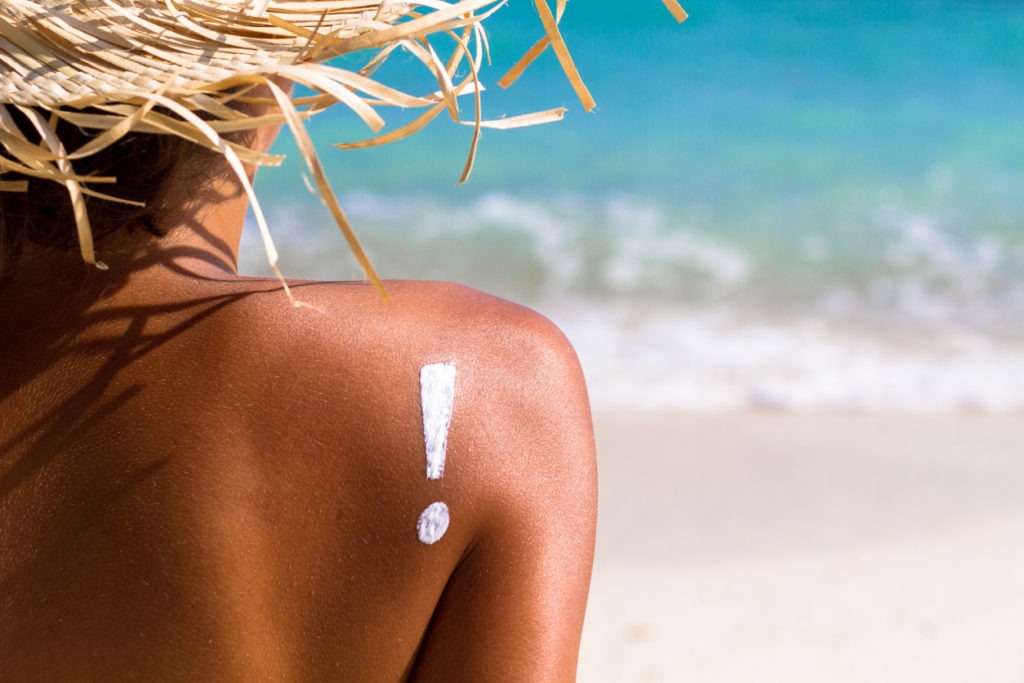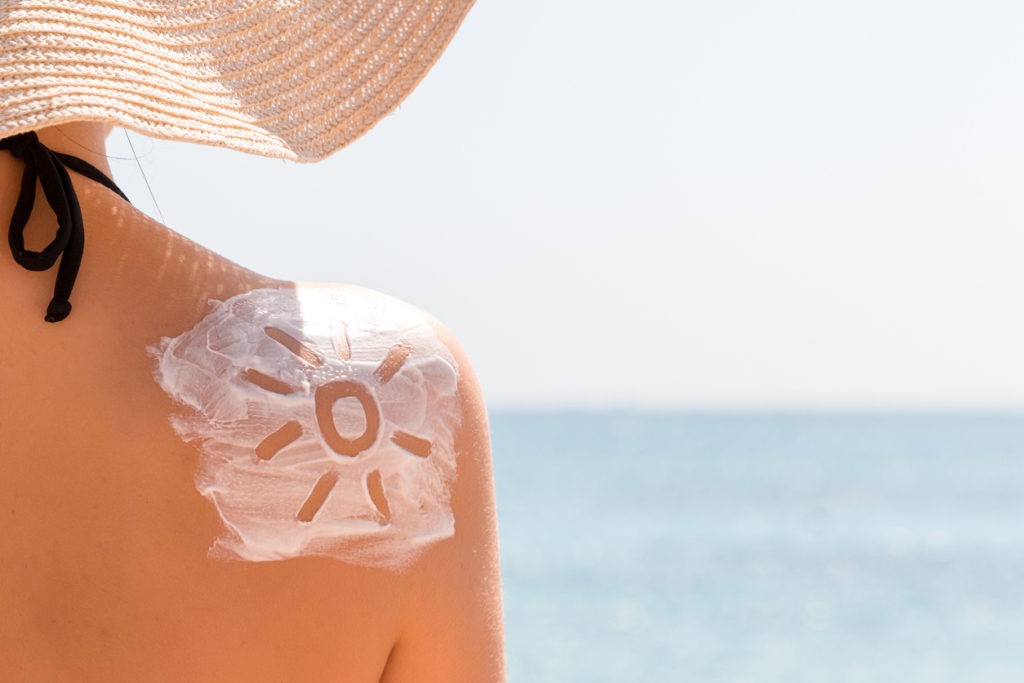You’re not just swimming in seawater when you take a dip in the warm waters of the Caribbean, Hawaii, or California. Additionally, you are swimming in toxins that have entered the oceans from personal care items. It’s only natural to consider your skin when you’re at the beach and take precautions to protect it from getting sunburned. But in the modern era, we must also consider what is best for the environment that we love.
The majority of beachgoers, snorkelers, and divers liberally apply sunscreen, which washes off in the water. According to Marine Life, a marine conservation NGO, around 14,000 tons of sunscreen get up in coral reeds worldwide, harming and killing them. Researchers have discovered that the sunscreen brands’ oxybenzone and octinoxate concentrations are the primary causes of the loss and destruction of thousands of coral reefs and other species of wildlife. Continue reading to learn more about what to look for, what to avoid and tips in choosing non-toxic sunscreens to keep you and the environment safe.
Ingredients to Avoid in Sunscreens
1. Oxybenzone
For example, oxybenzone destroys the DNA of corals and renders them dead and infertile, preventing them from reproducing. In addition to causing cancer and other disorders in humans, this substance is an endocrine disruptor. By functioning as an estrogen or by blocking testosterone when it enters the body through the skin, it may interfere with hormones. Please refrain from using sunscreens containing oxybenzone while pregnant as it may change the weight of the baby at delivery.
2. Octinoxate
The same as oxybenzone, octinoxate poisons coral reefs. It also receives a 5 from the Environmental Working Group (EWG) and penetrates the skin. Additionally, research on animals have demonstrated that octinoxate has hormone actions that impact the thyroid, the reproductive system, and behavior. It is also labeled as a disruptor of hormones. A lesser degree of allergic reaction is possible than with oxybenzone, though.
3. Homosalate
To begin with, it has an EWG rating of 4 and also penetrates the skin. Furthermore, it may affect estrogen, androgen, and progesterone, which could impair the regular operation of hormones. Endocrine disruption has also been evaluated in relation to this.
Other substances you should avoid include octocrylene, octisalate, and avobenzone, the majority of which are hormone and endocrine disruptors. Avoid using sunscreens containing these ingredients to protect both you and the environment. An improved alternative that is also safer for the environment is a zinc oxide-based recipe without nanotechnology. Avoid aerosol sprays as well. These result in the release of chemical substances into the environment.
What to Look for in Non-toxic Sunscreens
- Active Ingredients: Only zinc oxide and/or titanium dioxide will be listed in mineral sunscreen labels. Watch out for the term “mineral-based,” which frequently denotes that chemical sunscreen has been combined with zinc oxide and/or titanium dioxide.
- Water Resistance: Only when a sunscreen has passed a 40- or 80-minute test can it make the claim that it is water-resistant. The likelihood is that the sunscreen will wash or perspire off if water resistance is not expressly stated on the label.
- Broad-Spectrum: The sunscreen now blocks UVA and UVB rays, which is significant. Make sure the formula is free of dangerous components, even if the active substances are mineral-based. Phthalates, sodium laureth sulfate, scent, and anything ending in “-paraben” are all caution signs.
Switch to Mineral-based Sunscreens
In general, mineral sunscreens are a safer option than chemical sunscreens. The majority of the minerals in it are naturally occurring ones, such zinc oxide or titanium dioxide. To lessen the appearance of a white cast in mineral sunscreens, sunscreen manufacturers occasionally grind these minerals into extremely small particles. The width of a human hair can be 1,000 times smaller than these nanoparticles.
The EWG recommended additional research in its 2022 report on whether zinc oxide and titanium dioxide penetrate the skin and how their nanoparticles may affect the body.16 However, the group said that the evidence currently available indicates that the elements pose few health risks and gave a “favorable rating” to nanoparticle sunscreens. These nanoparticles are categorized by the FDA as “generally recognized as safe and effective.” It is advised that patients use mineral sunscreen if they are worried about the effects chemical sunscreens may have on their health or the environment.
Building a Good Sun Protection Regime
Applying numerous layers of sunblock all day long might get tiresome. Your skin can remain safe by taking additional precautions to reduce sun exposure. Spend as little time as possible outside between 10 a.m. and around 2 PM, when the sun is at its heaviest. Additionally, think about donning protective attire such as long-sleeve shirts, slacks, and hats. The protection offered by clothing composed of fabric with a tighter weave is usually greater.
Sunscreen is crucial, but it’s not the only element. Remember that sunscreen can lose some of its effectiveness throughout the day when applying it to exposed skin. It is advisable to reapply every two hours, and more frequently if you will be near reflective materials like snow or sand or if you will be in or around water. It is advised to use sunscreen powder to reapply SPF throughout the day if you use makeup. The most crucial factor in choosing a sunscreen is how simple it is to apply, which is determined by how it feels on the skin, how well it matches your skin tone, and whether it is regularly affordable to buy. The sunscreen that you will actually apply each day is the one that is ideal for you.
Conclusion
Therefore, an effective non-toxic sunscreen should use mineral UV filters like zinc oxide and titanium dioxide and should protect against UVA and UVB rays. It must be a broad-spectrum sunscreen free of potentially hazardous substances like oxybenzone or ethoxylated chemicals. As a result, the “best” sunscreen creams offer strong UVA and UVB protection. To determine your sunscreen’s effectiveness in blocking UVA radiation, consult the EWG sunscreen database. We hope that we were able to give you enough information to make an informed decision on non-toxic sunscreens.


